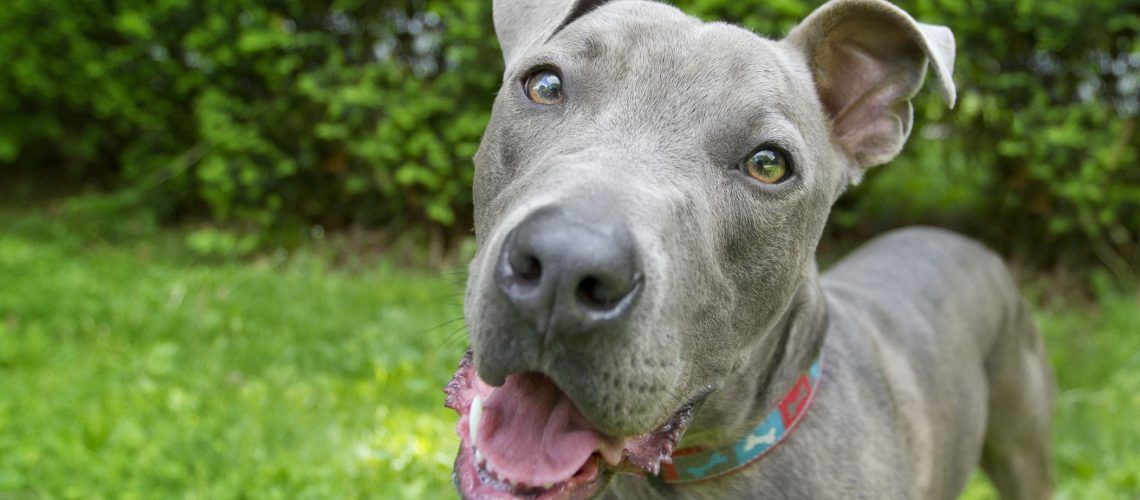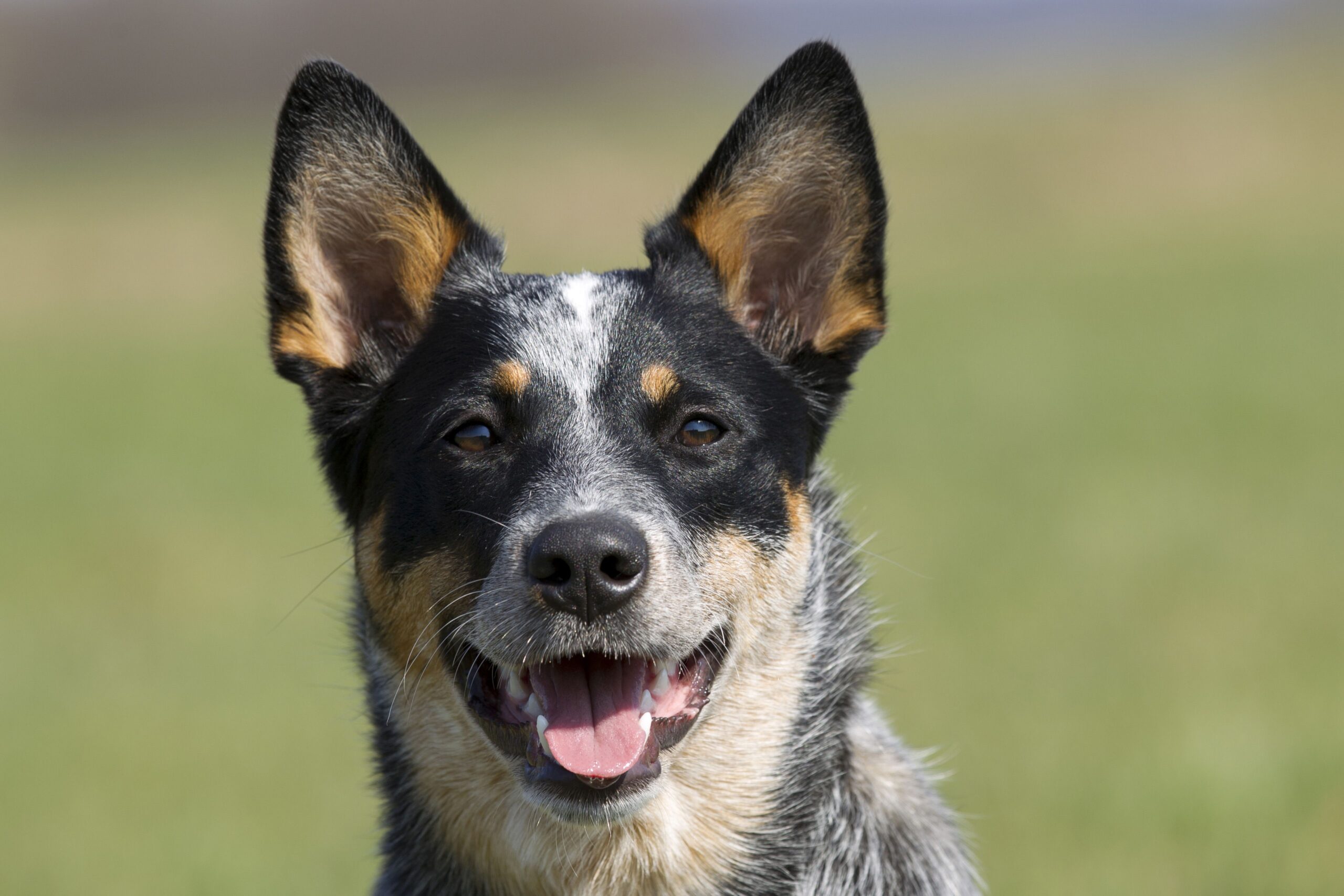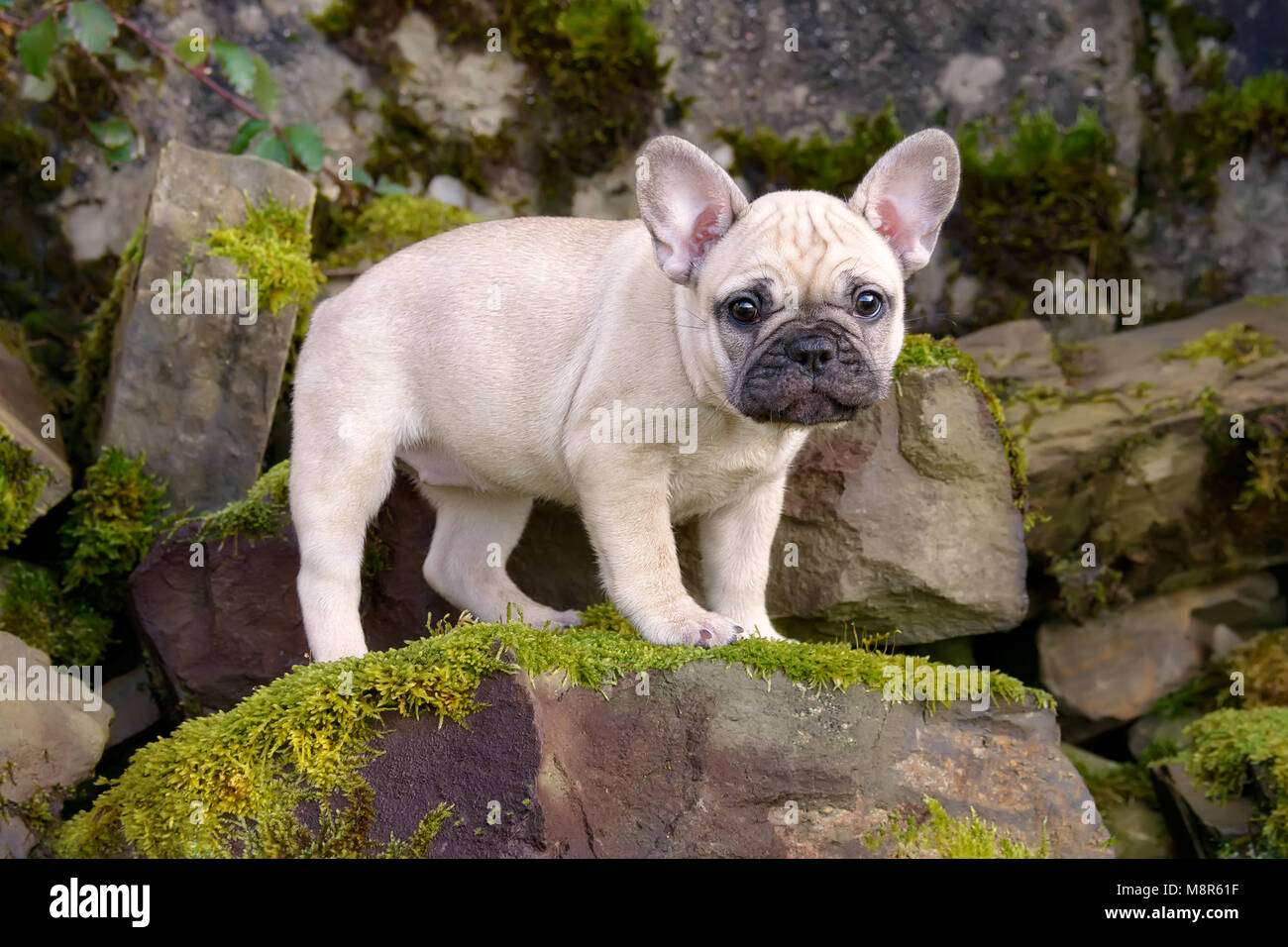Key Takeaways:
- Blue dog breeds are unique and visually striking, making them a favorite among dog lovers.
- These breeds often have a blue or gray coat color due to a dilution gene called "d" that affects the production of pigments.
- Popular blue dog breeds include the Weimaraner, Great Dane, French Bulldog, and Australian Cattle Dog.
- Blue dogs require regular grooming to maintain their coat's health and prevent matting.
- While blue dogs can be loyal and affectionate companions, potential owners should research breed-specific traits and exercise requirements before adopting.
Are you a lover of unique colors? Do you find yourself drawn to the mesmerizing hue of blue? If so, then this is the perfect topic for you! Exploring the world of blue dog breeds will not only satisfy your curiosity but also provide you with a deeper understanding and appreciation for these magnificent creatures. Whether you're an avid dog enthusiast or simply intrigued by the color blue, delving into this subject will open your eyes to a whole new world of canine beauty. From the regal Weimaraner to the charming Australian Cattle Dog, we'll take you on a journey through 15 stunning blue dog breeds that will leave you in awe. So get ready to be captivated by their striking appearance and learn why these dogs are truly one-of-a-kind. Let's dive into the enchanting realm of blue dog breeds together!
Popular Blue Dog Breeds with Unique Coat Colors
Blue dog breeds are known for their stunning and unique coat colors that set them apart from other dogs. Some popular blue dog breeds include the Weimaraner, the Blue French Bulldog, and the Blue Great Dane.
The Weimaraner is a medium-sized dog with a short, sleek coat that comes in various shades of gray, including a striking blue-gray color. They are known for their loyalty and intelligence, making them excellent family pets. Weimaraners require regular exercise to keep them happy and healthy.
The Blue French Bulldog is a small breed with a muscular build and a distinctive wrinkled face. Their coat color can range from light gray to a deep blue hue. Despite their small size, they have a big personality and are known for being affectionate and playful. However, they may require special care due to their brachycephalic (short-nosed) structure.
The Blue Great Dane is one of the largest dog breeds in the world, known for its majestic appearance and gentle nature. Their coat color can vary from light gray to a deep steel blue shade. Great Danes are friendly and patient dogs that make great companions. However, due to their size, they need plenty of space and regular exercise.
Overall, these blue dog breeds not only stand out due to their unique coat colors but also possess wonderful qualities that make them beloved pets.
Discovering the Origins of Blue Coat Colors in Dogs
The origins of blue coat colors in dogs can be traced back to genetic variations that affect pigmentation. The blue coloration in dogs is caused by a dilution gene called "d" which affects the production of melanin, the pigment responsible for hair color.
When this dilution gene is present in certain breeds, it causes the black pigment to be diluted into a bluish-gray color. This results in the beautiful blue coat colors seen in breeds like the Weimaraner, Blue French Bulldog, and Blue Great Dane.
The dilution gene can be inherited from both parents, and when two dogs with the dilution gene are bred together, there is a higher chance of producing puppies with blue coat colors. However, it's important to note that not all blue dog breeds have the same genetic background, and the specific genes responsible for their coat colors may vary.
Understanding the origins of blue coat colors in dogs helps us appreciate the unique genetic traits that make these breeds so visually striking and appealing.
Special Care and Health Concerns for Blue Dog Breeds
While blue dog breeds are undeniably beautiful, they may require special care due to certain health concerns associated with their unique coat colors. Here are some important considerations:
1. Sun Sensitivity: Dogs with blue or diluted coats may be more prone to sunburn and skin damage from prolonged exposure to sunlight. It's essential to provide them with shade or use pet-friendly sunscreen when spending time outdoors.
2. Skin Allergies: Some blue dog breeds may have a higher risk of developing skin allergies or sensitivities. Regular grooming and using hypoallergenic shampoos can help maintain their skin health.
3. Eye Issues: Certain blue dog breeds, such as the Blue Great Dane, are more susceptible to eye problems like cataracts or progressive retinal atrophy (PRA). Regular eye check-ups by a veterinarian are crucial for early detection and treatment.
4. Breathing Difficulties: Brachycephalic breeds like the Blue French Bulldog may experience breathing difficulties due to their short noses and narrow airways. It's important to monitor their exercise levels and avoid excessive heat or strenuous activities.
By being aware of these potential health concerns and providing appropriate care, owners can ensure that their blue dog breeds lead happy and healthy lives.
Understanding the Temperament of Blue Dog Breeds
The temperament of blue dog breeds can vary depending on the specific breed, but there are some common traits that many of them share. Here are a few key characteristics:
1. Loyalty: Blue dog breeds are often known for their loyalty and devotion to their families. They form strong bonds with their owners and are eager to please.
2. Playfulness: Many blue dog breeds have a playful nature and enjoy interactive games or toys. This makes them great companions for families with children or active individuals.
3. Intelligence: Blue dog breeds are generally intelligent and quick learners. They can excel in obedience training and enjoy mental stimulation through puzzle toys or training exercises.
4. Protective Instincts: Some blue dog breeds, such as the Weimaraner, have a natural protective instinct towards their families. They can make excellent guard dogs when properly trained and socialized.
It's important to remember that individual personalities may still vary within each breed, so early socialization, proper training, and consistent positive reinforcement are crucial for shaping a well-rounded and balanced blue dog breed.
Fascinating Facts and Features of Blue Dog Breeds
Blue dog breeds have captivated people's attention not only because of their unique coat colors but also due to some fascinating facts and features they possess:
1. Coat Color Changes: Some blue dog breeds, like the Weimaraner, are born with a different coat color that gradually changes to their iconic blue-gray shade as they mature. This adds an element of surprise during puppyhood!
2. Heterochromia: Heterochromia refers to having two different colored eyes, which is occasionally seen in certain blue dog breeds like the Siberian Husky or Australian Shepherd. This striking feature adds to their charm and uniqueness.
3. Gentle Giants: Blue Great Danes are known as gentle giants due to their massive size and calm nature. Despite their imposing appearance, they are typically friendly, patient, and gentle with both children and adults.
4. Versatile Working Dogs: Many blue dog breeds were originally bred for specific purposes such as hunting, herding, or guarding. Their intelligence and athleticism make them versatile working dogs that can excel in various activities like agility, obedience trials, or search and rescue operations.
These fascinating facts and features contribute to the allure of blue dog breeds, making them even more intriguing to dog enthusiasts around the world.
Famous Blue Dog Breeds in Movies and TV Shows
Blue dog breeds have made appearances in various movies and TV shows, capturing the hearts of audiences worldwide. Here are a few famous examples:
1. "Homeward Bound: The Incredible Journey" (1993): Shadow, one of the main characters in this heartwarming adventure film, is a loyal and wise Golden Retriever with a beautiful blue-gray coat.
2. "Lady and the Tramp" (2019): In this live-action adaptation of the classic Disney film, Trusty the Bloodhound is portrayed with a stunning blue coat color.
3. "The Mask" (1994): Milo, Jim Carrey's sidekick in this comedy film, is a mischievous Jack Russell Terrier with a unique blue patch on his eye.
These are just a few examples of how blue dog breeds have left their mark on popular culture through their memorable appearances on the big screen.
Finding a Reputable Breeder for Your Desired Blue Dog Breed
When looking to add a blue dog breed to your family, it's important to find a reputable breeder who prioritizes the health and well-being of their dogs. Here are some steps you can take:
1. Research: Start by researching different blue dog breeds to find the one that best suits your lifestyle and preferences. Learn about their specific needs, temperament, and potential health concerns.
2. Breeder Referrals: Seek recommendations from trusted sources such as veterinarians, breed clubs, or experienced dog owners who have had positive experiences with reputable breeders.
3. Visit the Breeder: Schedule a visit to the breeder's facility or home to meet the dogs in person. Observe their living conditions, ask questions about their breeding practices, and ensure they provide proper care for their dogs.
4. Health Testing: Reputable breeders prioritize the health of their dogs and conduct relevant health tests to screen for genetic conditions that may be prevalent in certain breeds. Ask the breeder about the health testing they perform on their breeding dogs.
5. Documentation and Contracts: A reputable breeder will provide you with necessary documentation such as health records, pedigrees, and contracts that outline responsibilities and guarantees regarding the puppy's health.
Remember, finding a reputable breeder may take time and patience, but it is crucial for ensuring you bring home a healthy and well-bred blue dog breed that will be a cherished member of your family for years to come.
In conclusion, blue dog breeds offer a unique and eye-catching color for dog lovers. With their stunning coats and diverse characteristics, these 15 breeds are sure to capture the hearts of anyone who appreciates this distinctive color.
What is the new blue dog breed?
A new dog breed called the Blue Bay Shepherd, which resembles a wolf, has been developed in the United States. There is a wide variety of dog breeds, each with its own distinct traits and characteristics. The American Kennel Club officially recognizes 200 different dog breeds, not including the numerous mixed breed dogs that exist.
What is the rarest dog color?
The colors black, chocolate, red, fawn, and cream are the most frequently seen, while blue, silver, and pure white are more uncommon.
Is there a naturally blue dog?
Blue coats are a common characteristic among various dog breeds, including Great Danes and poodles. There are also specific rare breeds, like the Kerry blue terrier and the Blue Lacy, that are known for having exclusively blue coats.
What is the number 1 rarest dog?
The Telomian dog breed is ranked as the rarest among eight rare dog breeds, including the Norwegian Lundehund, Lagotto Romagnolo, and Otterhound.
What color dog is least popular?
There are various explanations for why black dogs tend to have lower rates of adoption. One reason is the perception that black dogs are associated with evil, negativity, or something ominous. This idea has been portrayed in literature, movies, and TV shows throughout history.
What breed of dog lives the longest?
Bluey, an Australian cattle dog, achieved a remarkable feat by living for 29 years and 5 months, making it the oldest dog ever recorded in the Guinness Book of World Records. This record was established in 1939 and remains unbroken, although many other Australian Cattle Dogs have attempted to surpass it by living long and healthy lives of their own.

















